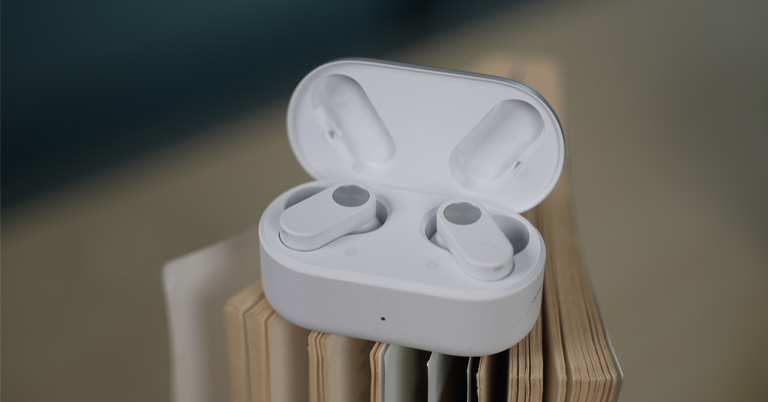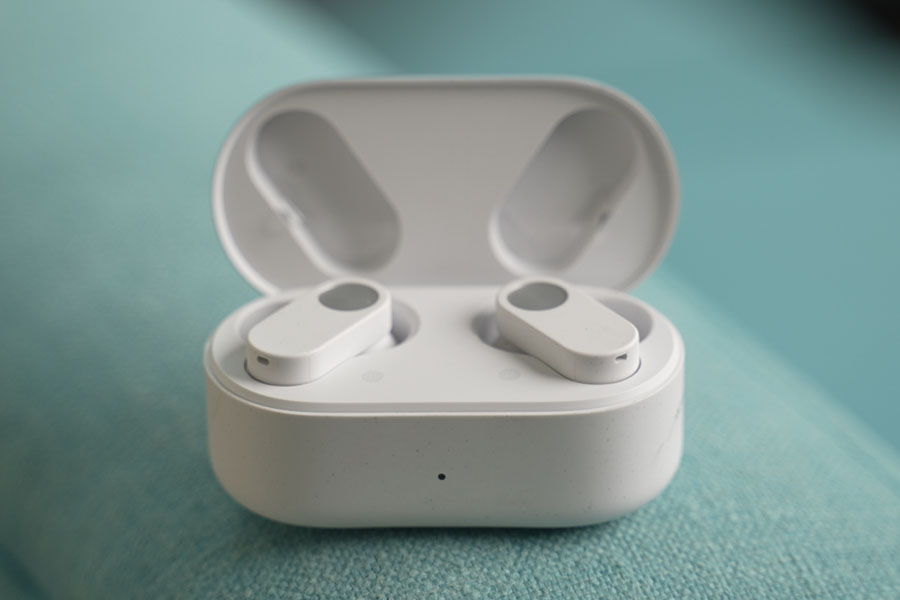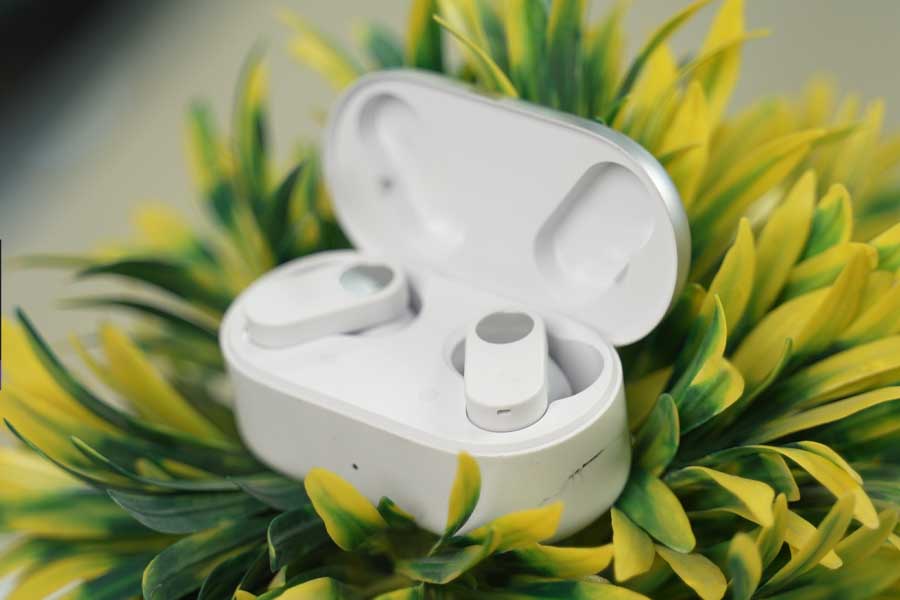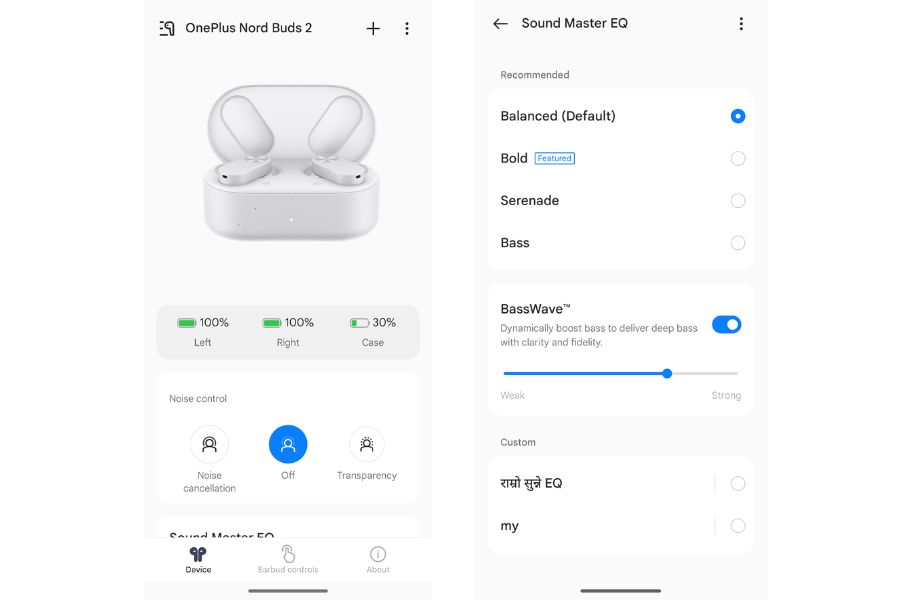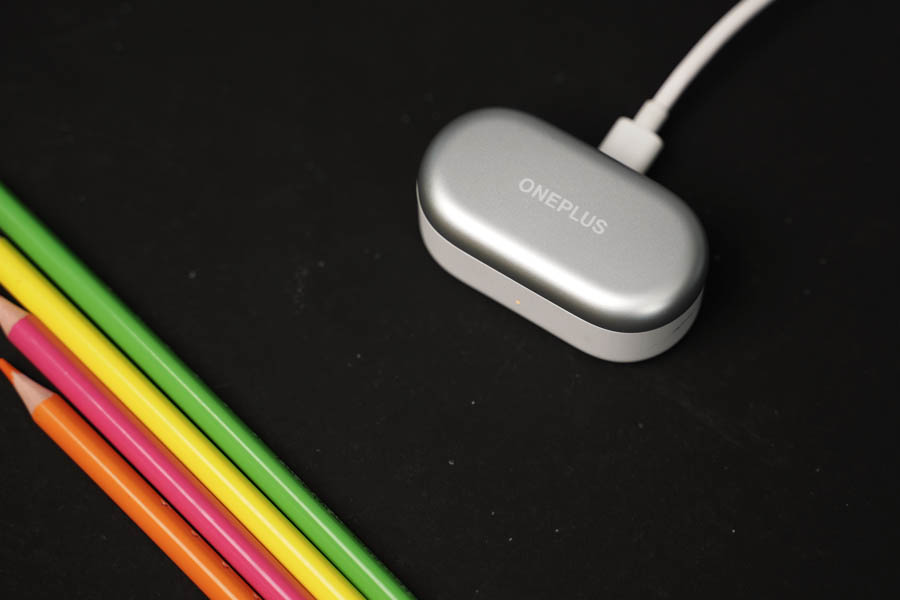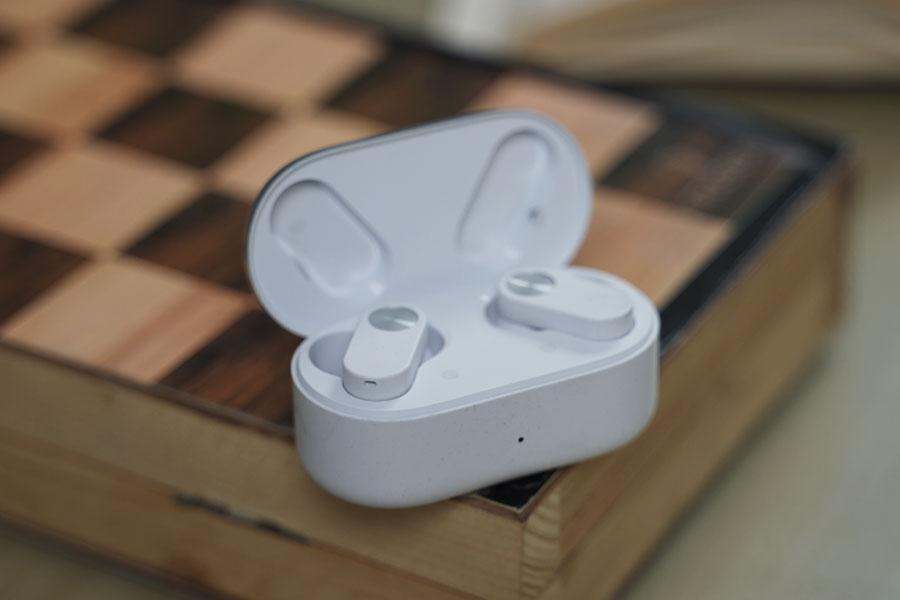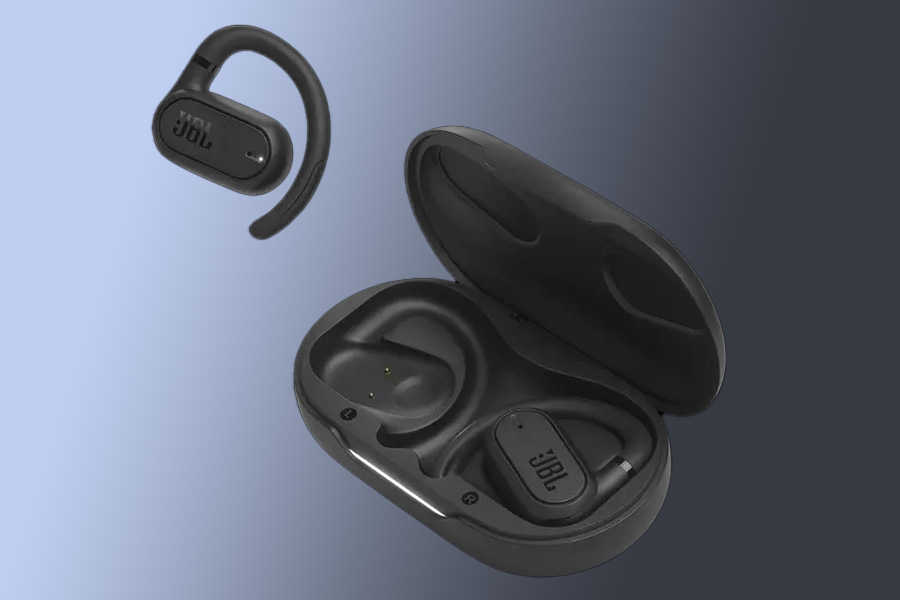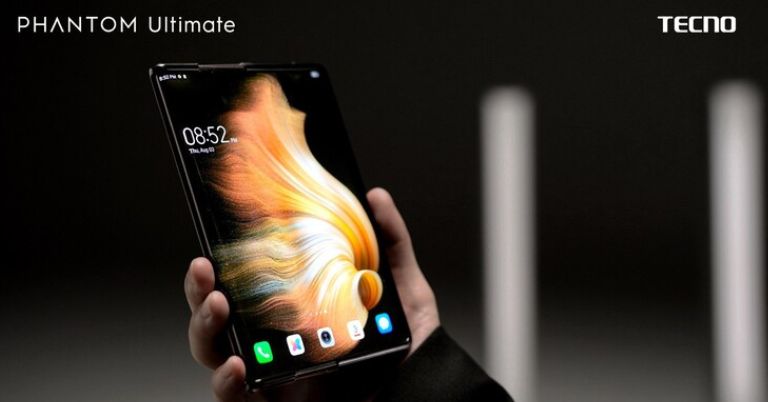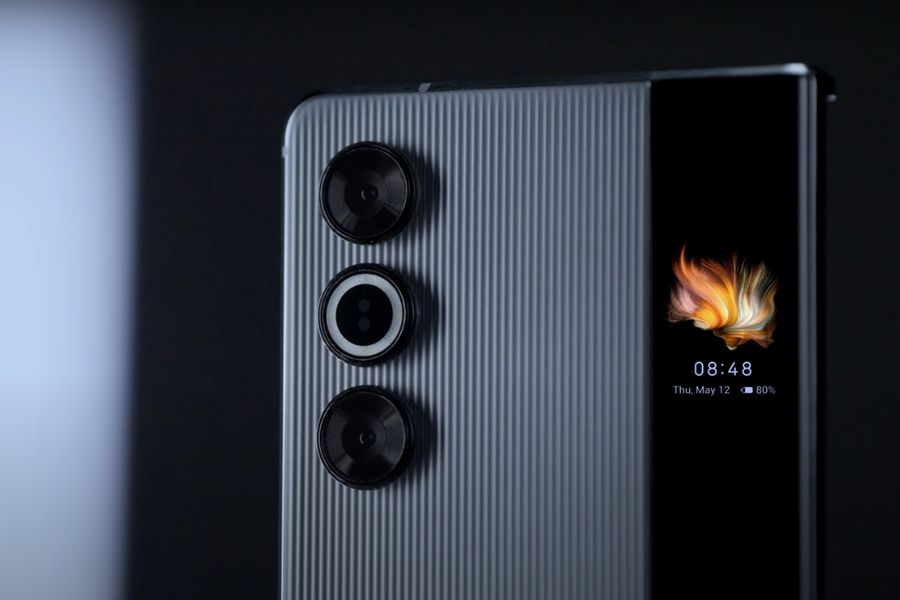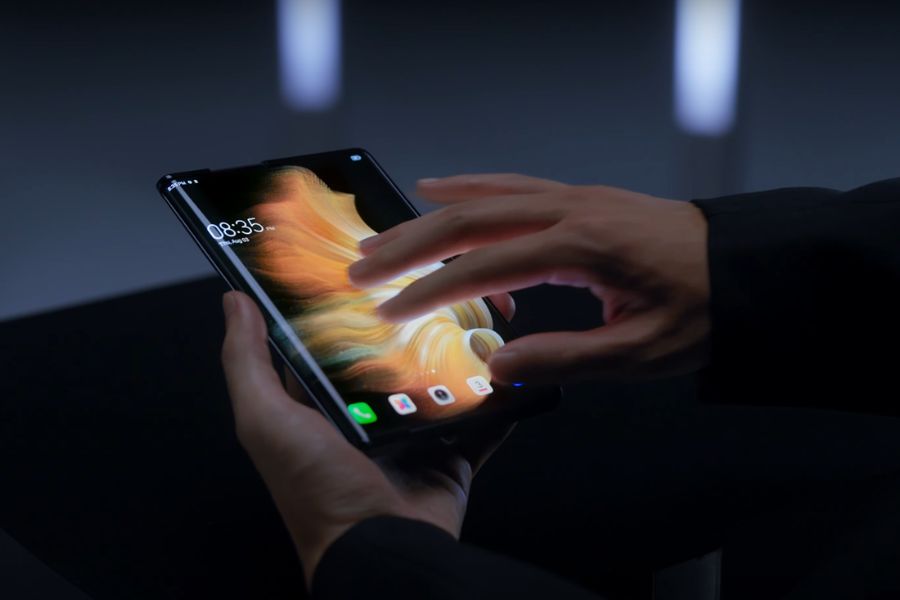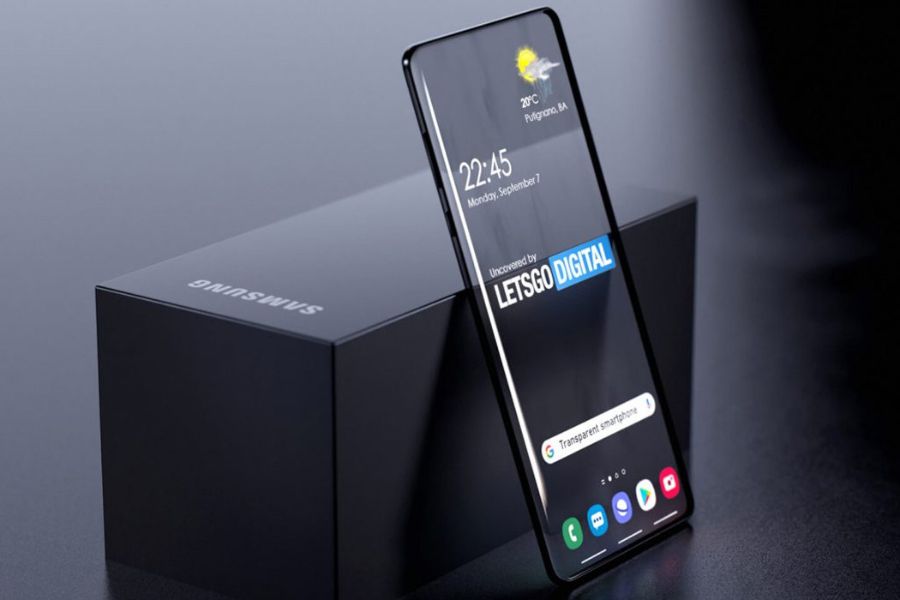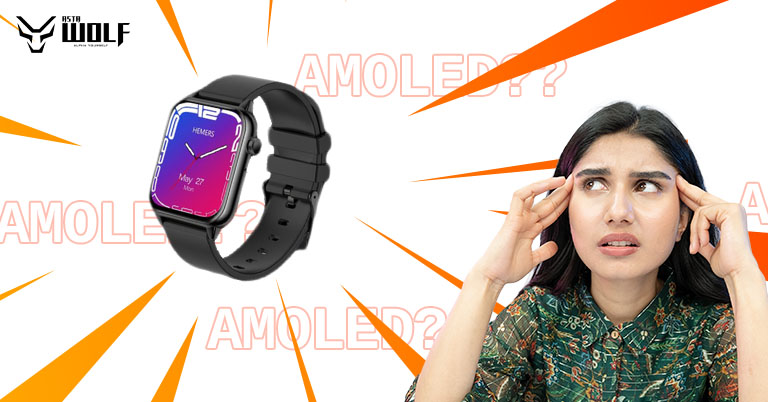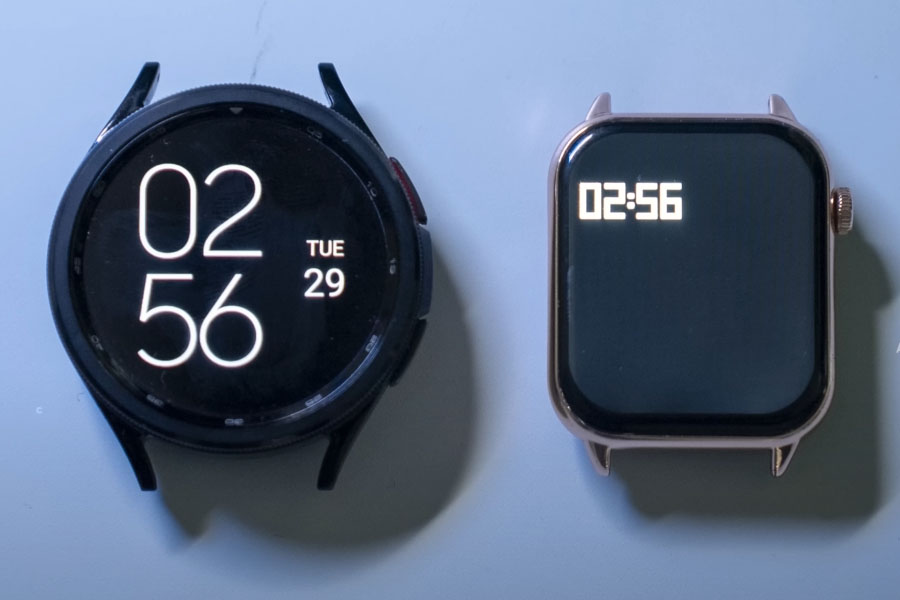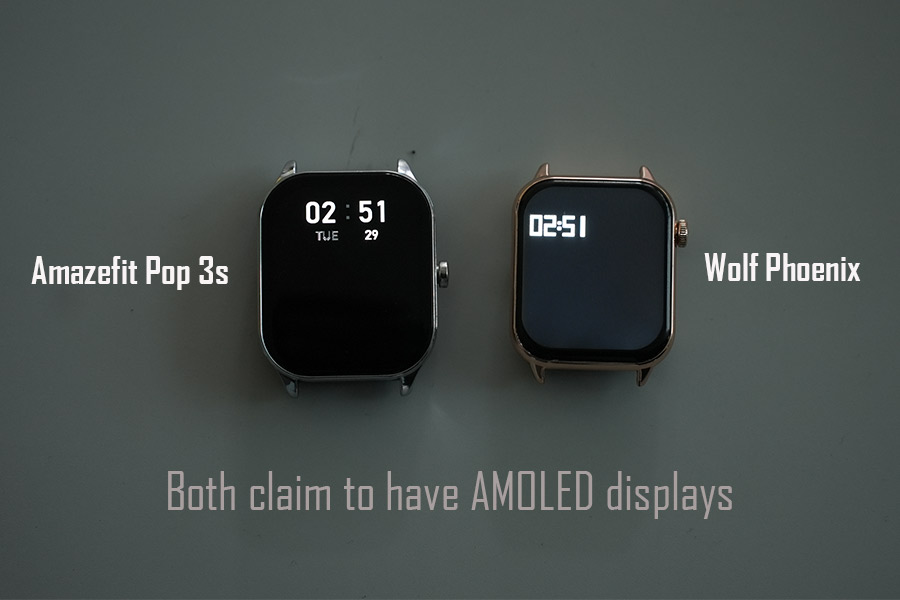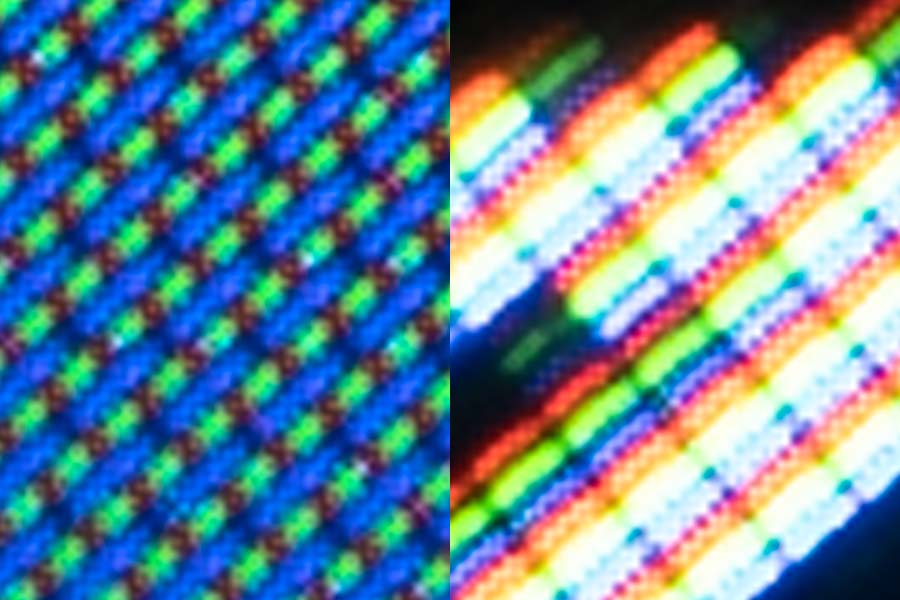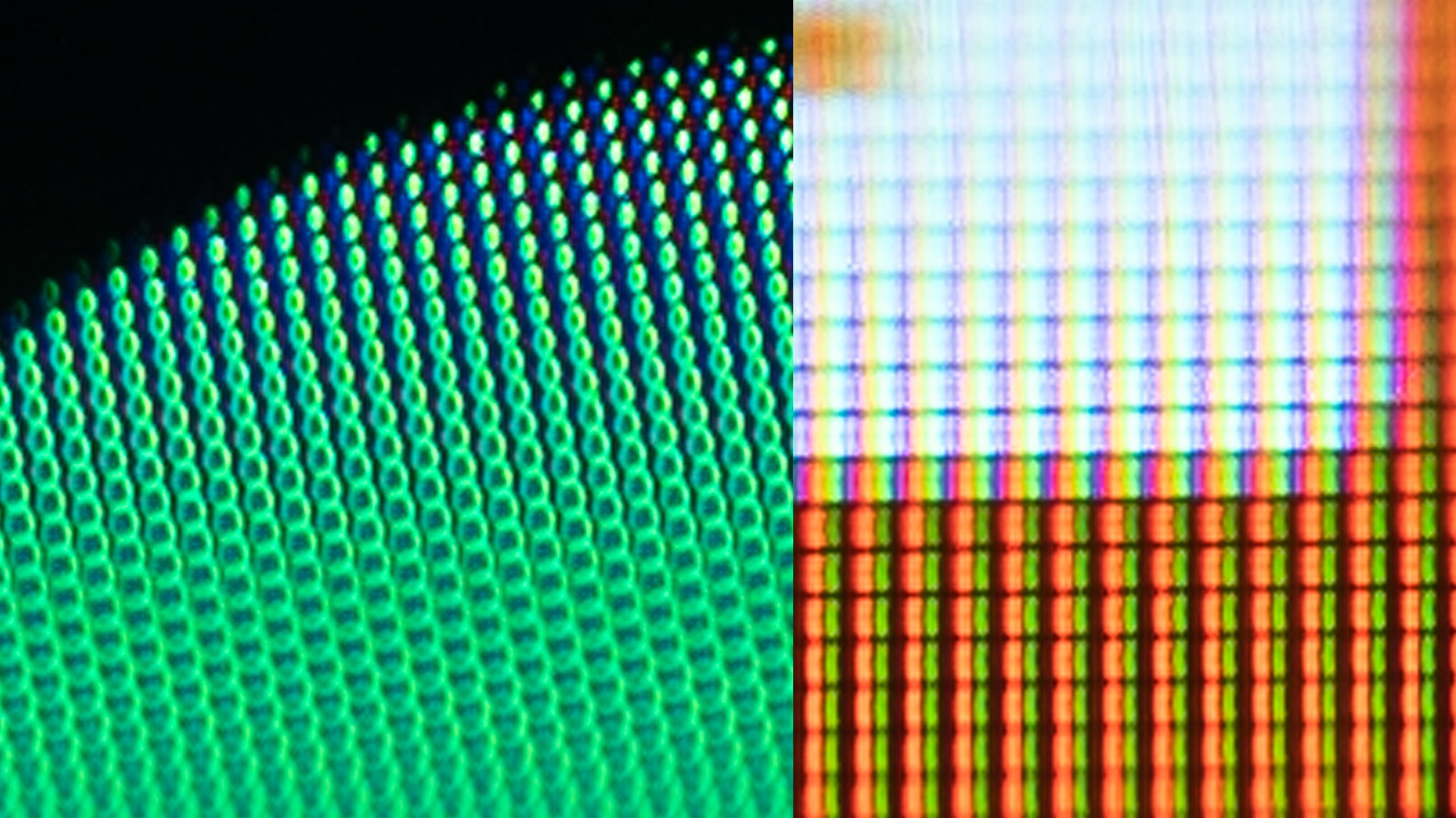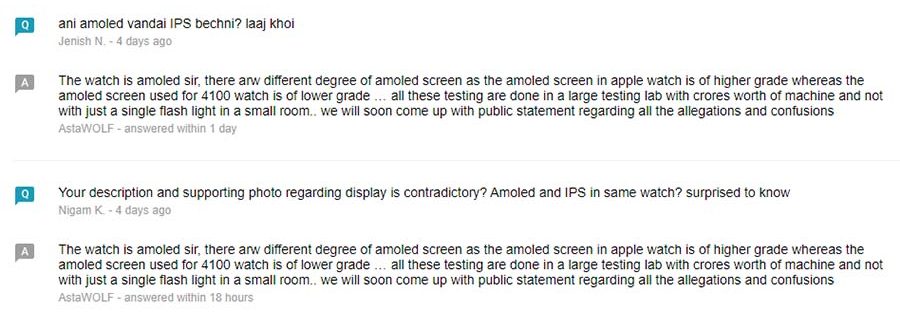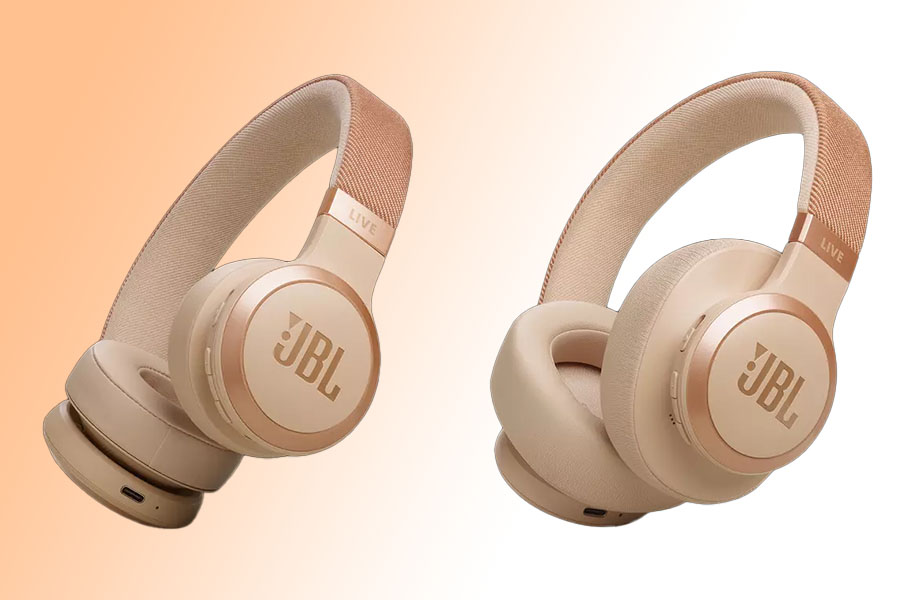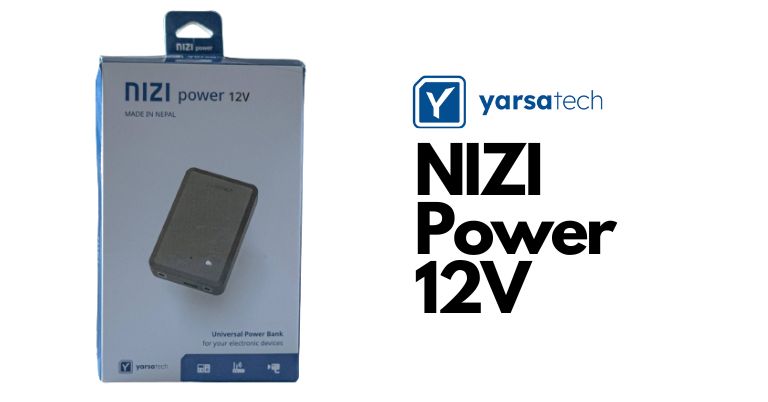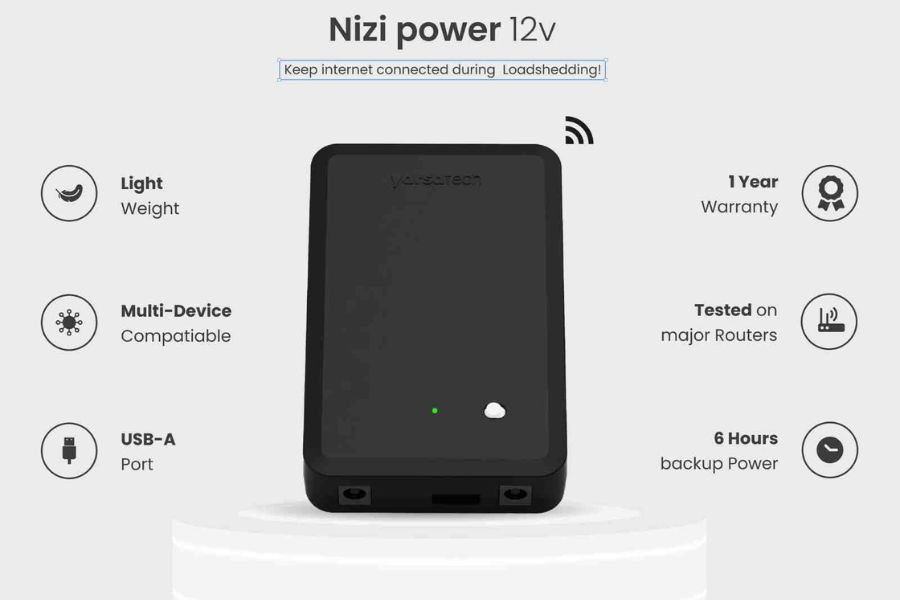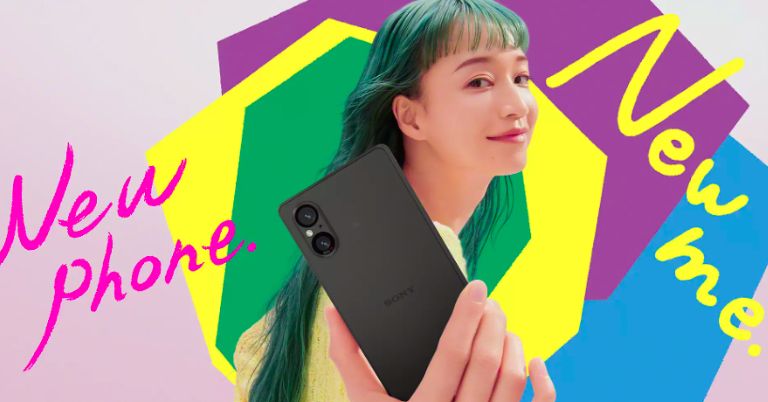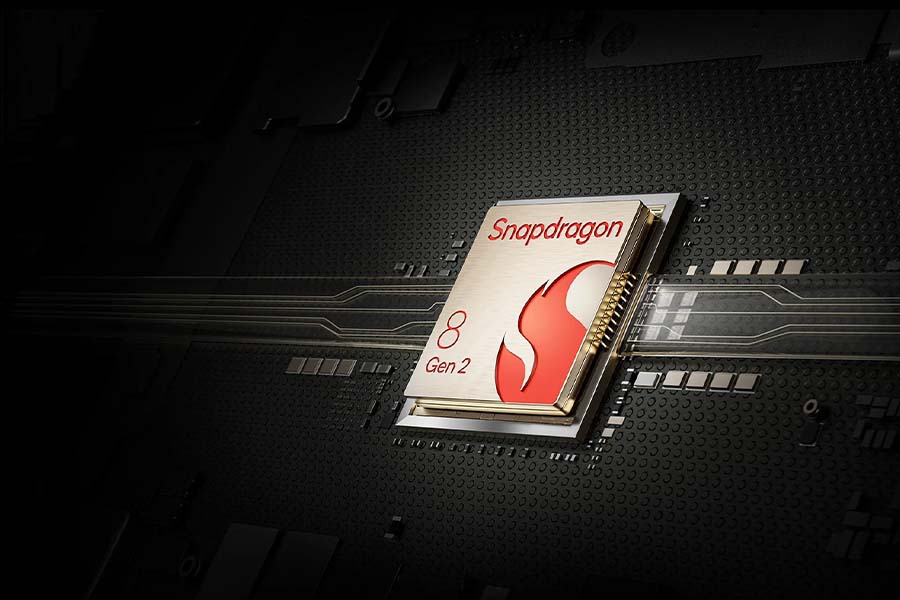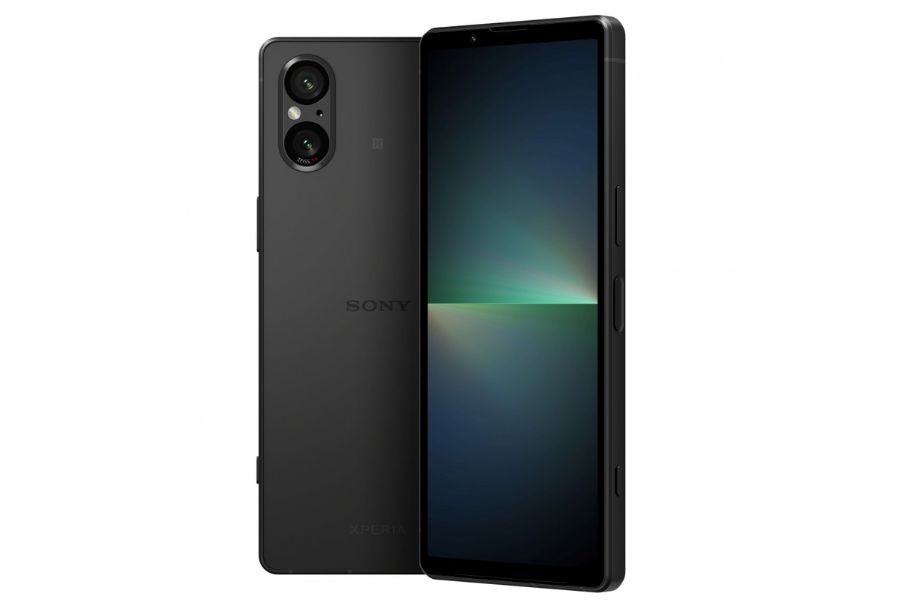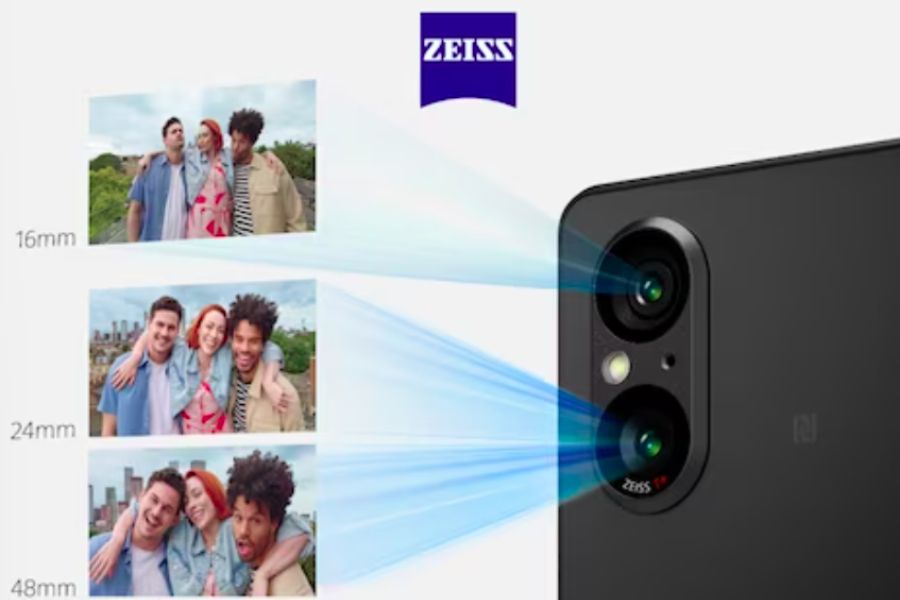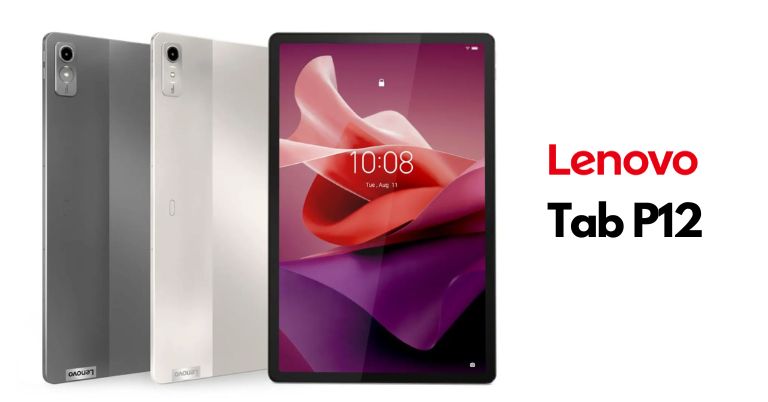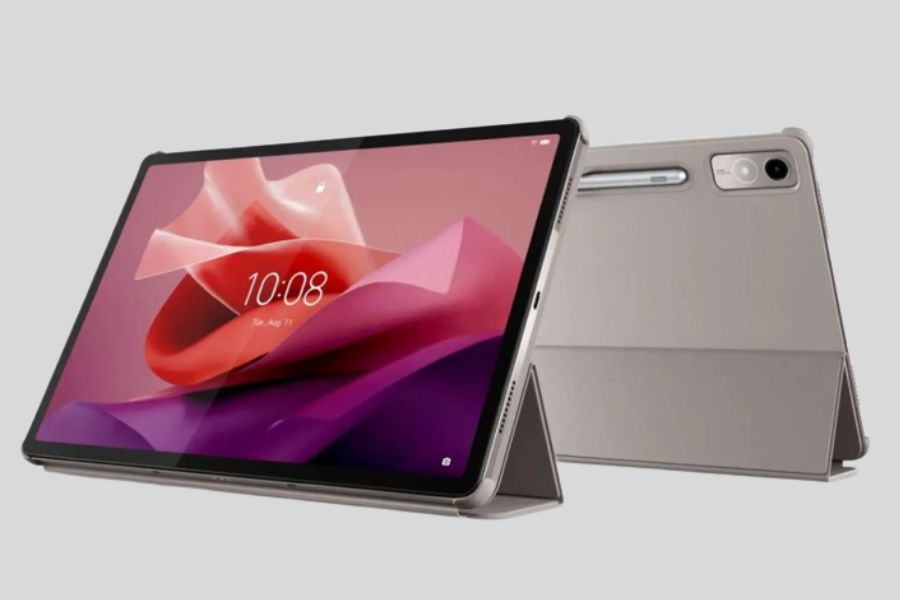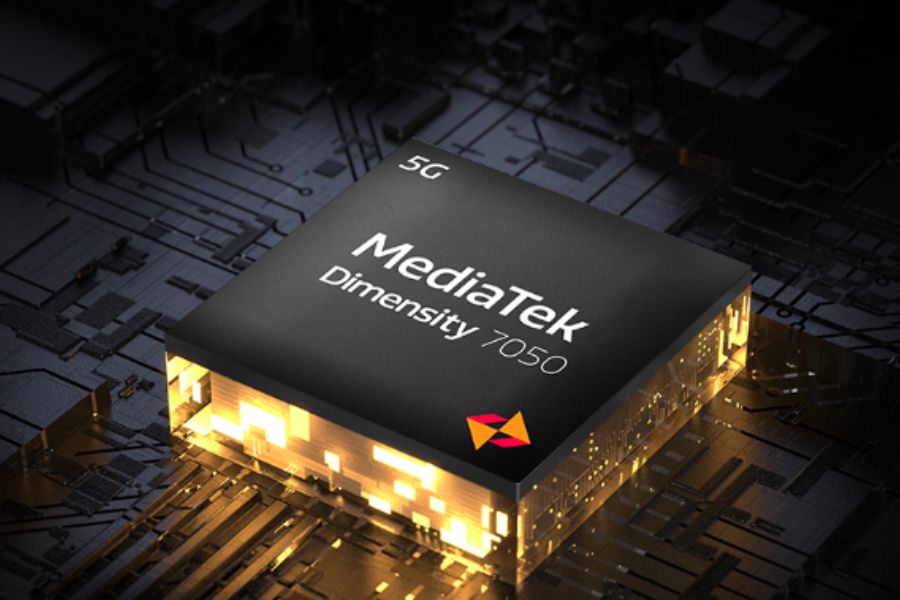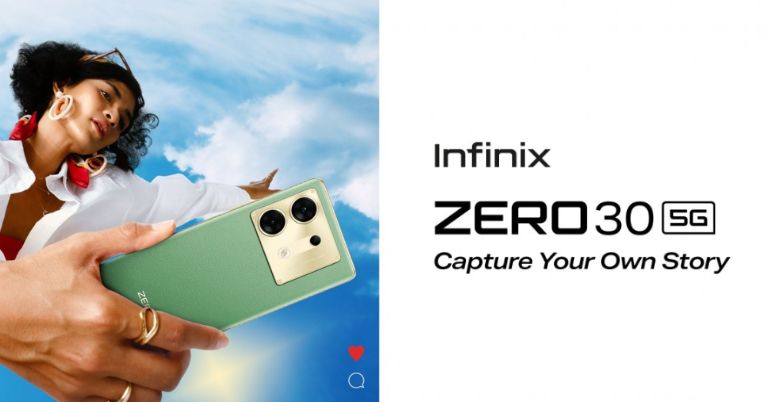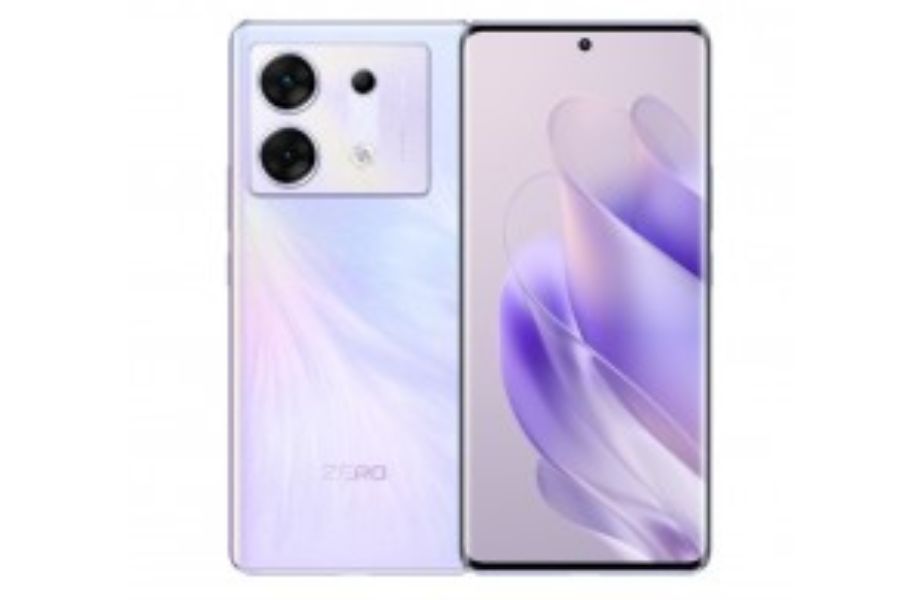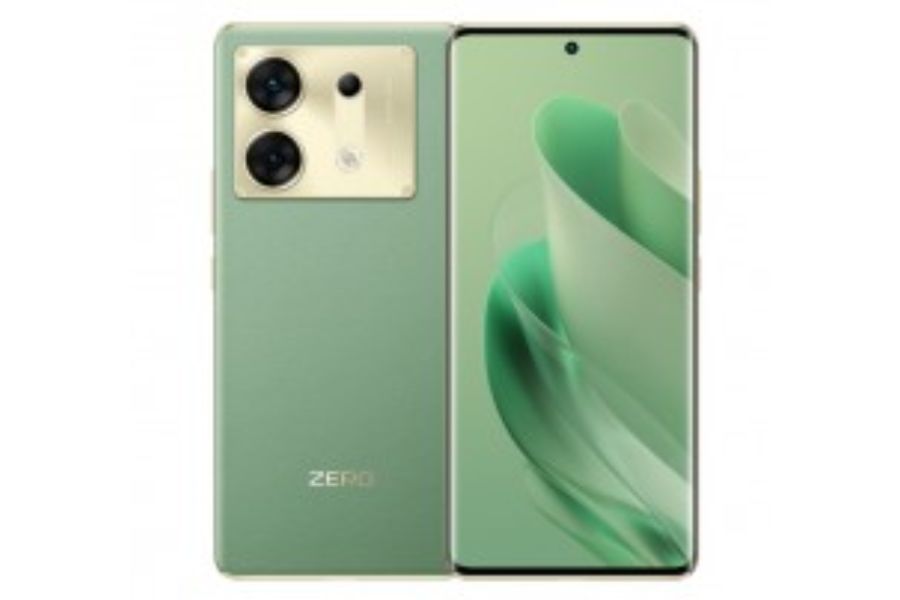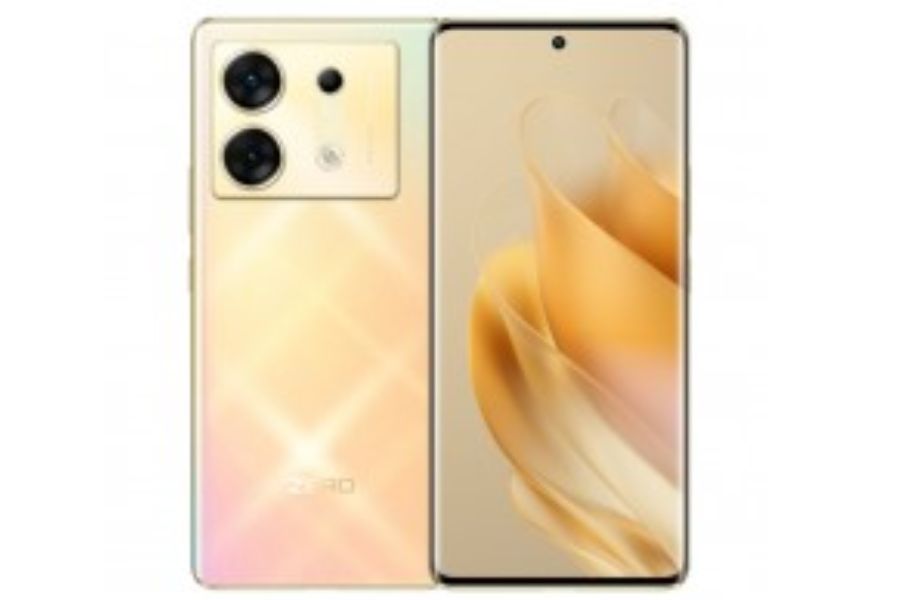When it comes to TVs, OLED is often the first thought in our minds. In the past, OLED ruled the TV market with stunning picture quality and unique pixel lighting. Now, as technology advances, new choices like QD-OLED are emerging for TV enthusiasts. So, here we are to discuss the OLED and QD-OLED displays for TVs along with the different features they offer to distinguish themselves.
OLED versus QD-OLED Overview:
Several manufacturers (mainly LG, others are Sony, Panasonic, and more), produce OLED TVs, particularly using W-OLED (White OLED) technology, while Samsung is the only notable player investing in QD-OLED technology.
OLED display manufacturing
OLED (Organic Light-Emitting Diode) displays are manufactured through a process that involves depositing organic materials onto a substrate to create the individual pixels that emit light. The devices with OLED ensure high-quality displays with vibrant colors, high contrast ratios, and low power consumption. Still, OLED devices have a hard time getting really bright, which can cause reflections and glare in rooms with a lot of light.

QD-OLED display manufacturing
QD-OLED, or Quantum Dot Organic Light-Emitting Diode, is a display technology that combines the strengths of two technologies: OLED and Quantum Dots.
 In the manufacturing process, organic materials are deposited onto a substrate, just like in OLEDs, forming pixels that emit light. Yet, what sets QD-OLED apart is the addition of a layer containing quantum dots after the initial OLED layers are in place. What’s more to it is, that QD-OLED tackles OLED’s brightness challenge by involving quantum dots. Quantum dots are tiny semiconductor nanocrystals that absorb blue light and then emit red and green light, resulting in a wider range of colors and enhanced color precision on the display.
In the manufacturing process, organic materials are deposited onto a substrate, just like in OLEDs, forming pixels that emit light. Yet, what sets QD-OLED apart is the addition of a layer containing quantum dots after the initial OLED layers are in place. What’s more to it is, that QD-OLED tackles OLED’s brightness challenge by involving quantum dots. Quantum dots are tiny semiconductor nanocrystals that absorb blue light and then emit red and green light, resulting in a wider range of colors and enhanced color precision on the display.
Reasons behind Samsung’s avoidance of OLED technology?
As for Samsung, they have avoided using OLED technology in their TVs, probably, due to OLED’s limited lifespan and scalability challenges, especially for larger screens. In a conventional OLED display, a white light source is used, and this light is subsequently filtered through color filters, which means, most of the light cannot reach your eyes. OLEDs have great viewing angles but may lose quality at extreme angles.
Samsung initially focused on developing its own display technology called QLED (Quantum Dot LED) which is positioned as a competitor to OLED. In addition to this, Samsung has also explored QD-OLED, which is a blend of OLED and quantum dots. Their decision to avoid OLED TVs is likely part of their strategy to differentiate themselves in the market and prioritize their proprietary display technologies.
However, QD-OLED burnout remains a concern due to higher brightness offerings along with gradual pixel degradation and the potential image retention over time. As a result, there is a competitive dynamic between QD-OLED and traditional OLED technologies.
Are QLED and MiniLED the substitutes for OLED?
OLED displays have a peak brightness limitation when compared with certain other display technologies such as QLED and Mini LED.
MiniLED technology, employing numerous tiny LEDs as self-emissive backlighting, offers brightness control and localized dimming, surpassing OLED. It reduces burn-in risks and lifespan concerns associated with OLED. Although not as thin as OLED, MiniLED displays provide high luminance and improved contrast.
QLED (based on traditional LCD panels enhanced with quantum dots) displays have advantages over OLEDs, including higher peak brightness, better performance in well-lit environments, and reduced risk of burn-in. QLEDs use quantum dots to enhance color accuracy and brightness in traditional LCD panels, however, it does nothing for contrast and black levels. That’s how the need for QD-OLED is introduced.
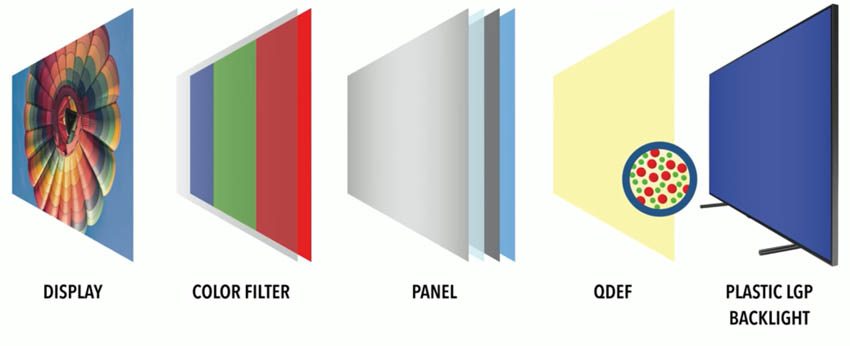
These factors have attracted Samsung’s attention, impacting their display choices.
While MiniLED and QLED technologies offer advantages such as high brightness and reduced burn-in risks, they are not direct substitutes for OLED. Each technology has its own strengths and limitations, and the choice depends on specific preferences and requirements. OLED has the power to achieve perfect blacks, infinite contrast ratios, and faster response times, resulting in image quality.
- You might want to read these:
History of OLED and QD-OLED TVs
Sony made the first OLED TV ever, the XEL-1. People really liked regular OLED (W-OLED) TVs from LG, Sony, Panasonic, and Philips before QD-OLED came along. These brands were the popular choices, and OLED was the favorite.
In 2022, Samsung changed things with the S95B TV. This was their first TV using QD-OLED tech. It fixed OLED’s problem with brightness, measuring a peak of 1,060 nits. While other display technologies exist, the features provided by QD-OLED cannot be matched: reduced burn-in risks, higher brightness levels, enhanced color accuracy, and more.
Pricing
QD-OLED technology is still very new, so there aren’t many TVs or monitors with it yet. Samsung and Sony have a few models, and Dell and other PC companies have QD-OLED gaming monitors.
For a long time, LG was the main company making big OLED displays. Even if you bought an OLED TV from other brands like Sony or Vizio, LG probably made the screen.
QD-OLED TVs are more expensive than regular OLED TVs, which are easy to find and not as pricey. Having said it, Samsung is improving in QD-OLED mass production offering reduced prices in comparison to the initial launch of TVs in early 2022.
Conclusion on OLED versus QD-OLED
While W-OLED TVs still have a presence, QD-OLED technology is preferred nowadays. In my opinion, QD-OLED is the winner. It offers better picture quality than regular OLEDs could only hope for. So, I believe QD-OLED is the future while saying goodbye to traditional OLED.
- Meanwhile, check out our review of Skyworth SUE9500 4K UHD QLED TV.



